Asteroid bigger than Airbus A380 to pass Earth; Know details revealed by NASA
An Aten group Near-Earth Asteroid is set to pass Earth today, November 14, NASA has revealed. It is bigger than the Airbus A380, the largest passenger aircraft in the world!
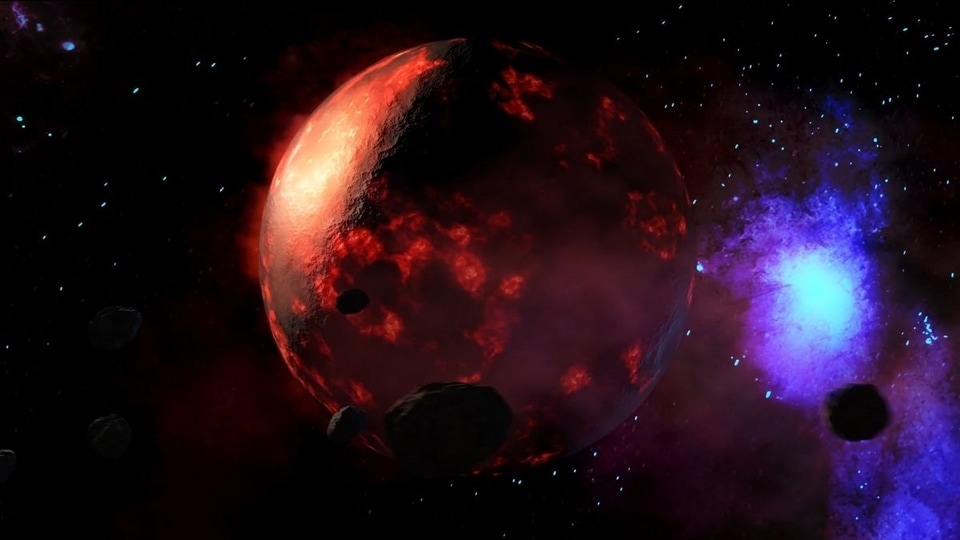

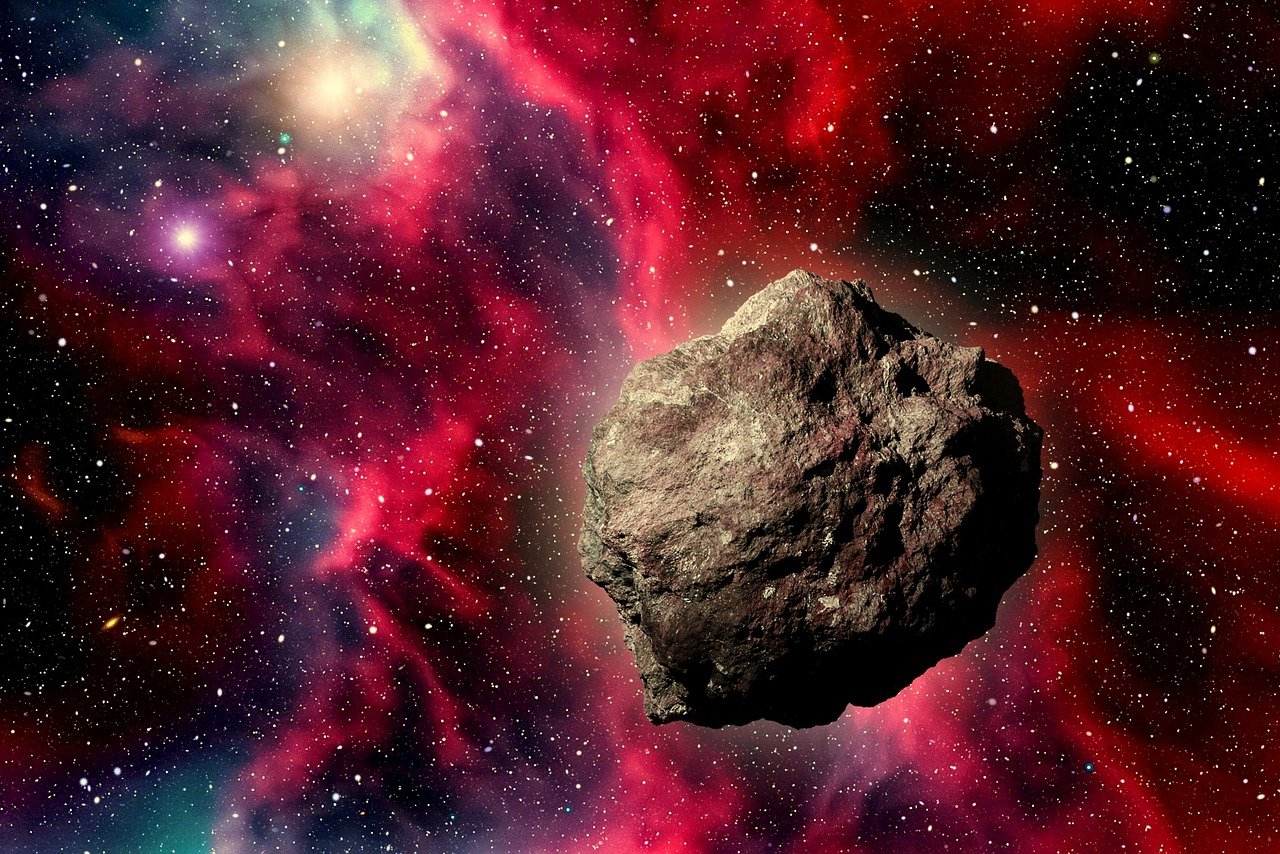
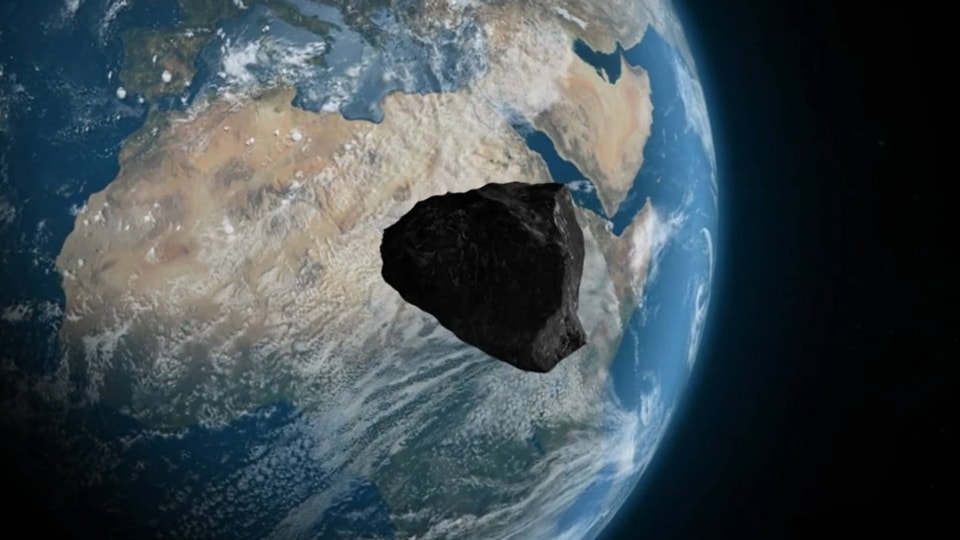
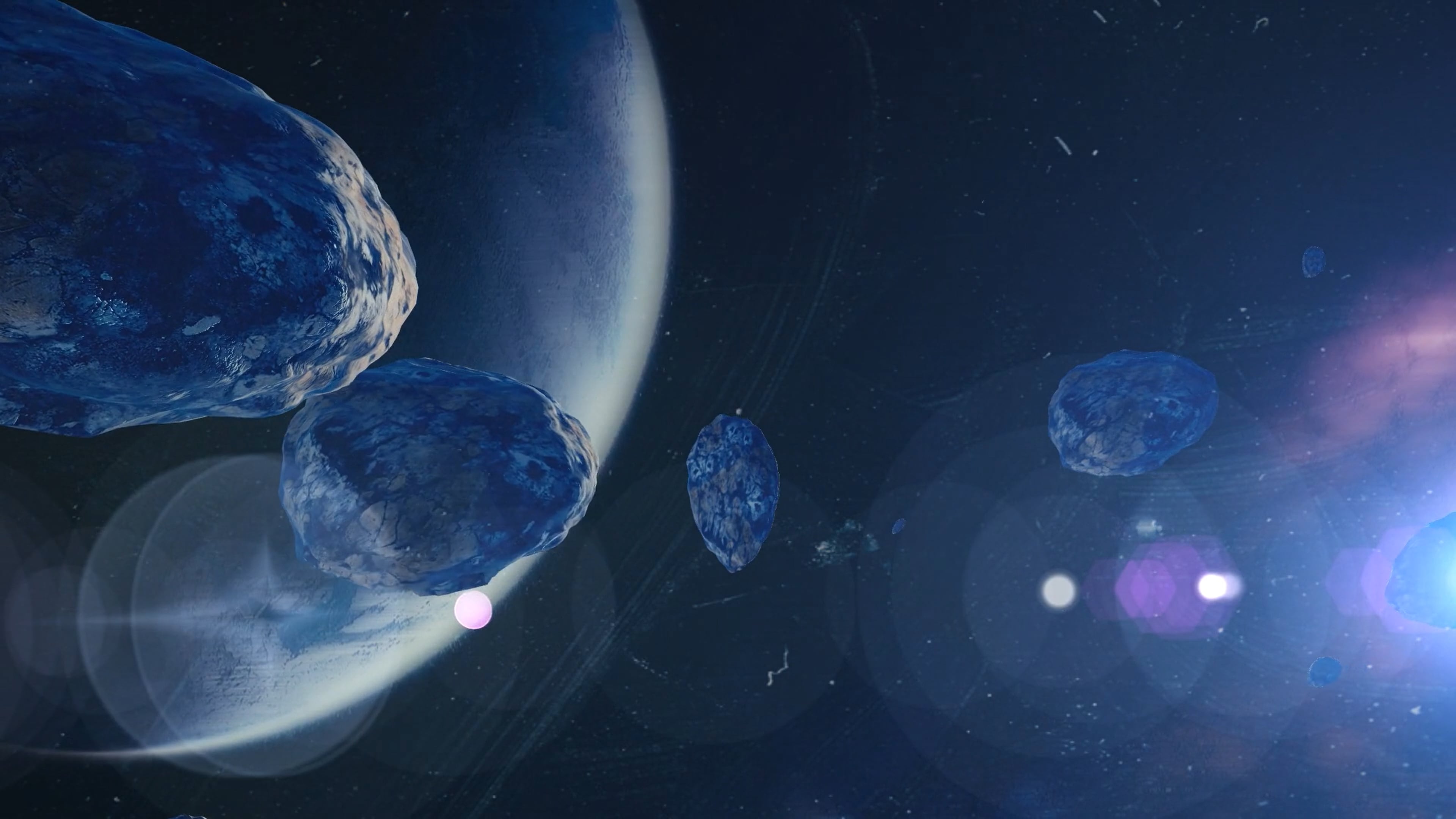
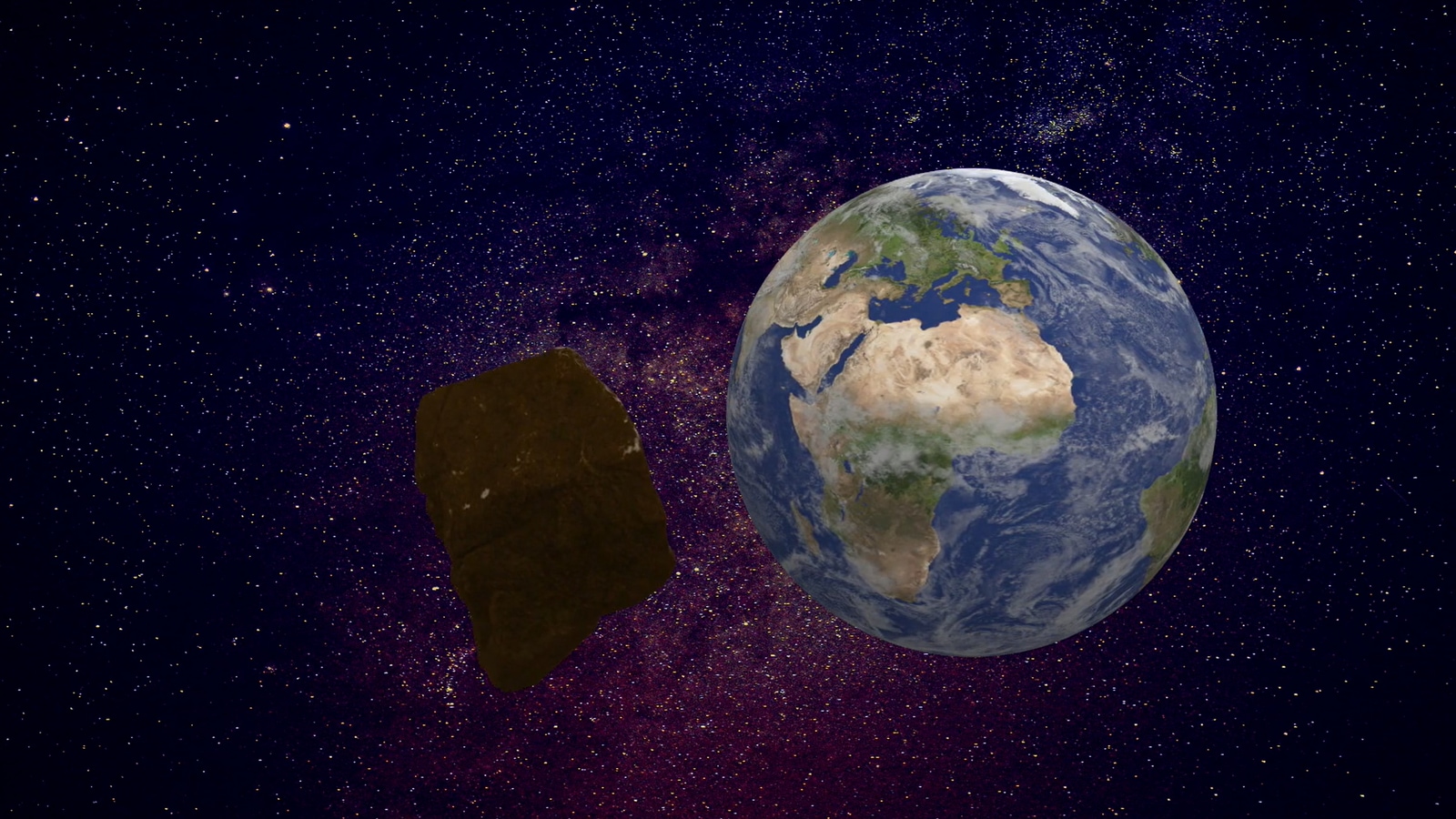
 View all Images
View all ImagesUsing its various advanced ground and space-based telescopes such as the NEOWISE telescope, Pans-STARRS1 and Catalina Sky Survey, NASA has shed light on an asteroid that is expected to pass Earth by a close margin today, November 14. It is just one of the 298148 asteroids that have been discovered to date. According to the space agency, the asteroid, given the designation Asteroid 2023 VR4, is travelling in its orbit at a breakneck speed of 37902 kilometers per hour. From size to distance of approach, know all about this close encounter with Asteroid 2023 VR4.
Asteroid 2023 VR4: Details
Asteroid 2023 VR4 will pass Earth by a distance of 6.8 million kilometers, according to NASA's Defense Coordination Office (PDCO), which is responsible for monitoring the skies and keeping a watch on various Near-Earth Objects (NEOs). It belongs to the Aten group of asteroids, which are Earth-crossing Near-Earth Asteroids (NEAs) with semi-major axes smaller than Earth's. They are named after the asteroid 2062 Aten and the first of its kind was discovered by American astronomer Eleanor Helin at Palomar Observatory on January 7, 1976.
Despite its extremely close approach, this asteroid has been deemed as non-threatening and has not been classified as a Potentially Hazardous Object. NASA estimates the asteroid to be almost 295 feet wide, which makes it even bigger than the Airbus A380, the largest passenger aircraft in the world!
Asteroid 2023 VR4: Other approaches
This is not the first time that Asteroid 2023 VR4 will pass Earth. The first time it spun past the planet was on November 9, 1985, at a distance of 36 million kilometers. After today, its orbit will bring it close to Earth again just a few months from now, on April 5, 2024, when it will pass by a distance of approximately 46 million kilometers, as per NASA JPL.
Protection against asteroids
To counter the threat posed by asteroids, NASA has already carried out the first test of its DART Mission for planetary protection in 2022. The space agency crashed a spacecraft into an oncoming asteroid to successfully divert it from its path, thus successfully testing a method of asteroid diversion. Moreover, ESA has a mission in place called NEOMIR that will act as an early warning system for asteroids 20 meters and larger that cannot be seen from the ground.
Although NASA experts claim that no asteroid is expected to impact Earth for at least the next 100 years, countermeasures for planetary defense are important as they can help prevent the loss of life in case any asteroid strays towards Earth.
Catch all the Latest Tech News, Mobile News, Laptop News, Gaming news, Wearables News , How To News, also keep up with us on Whatsapp channel,Twitter, Facebook, Google News, and Instagram. For our latest videos, subscribe to our YouTube channel.





























